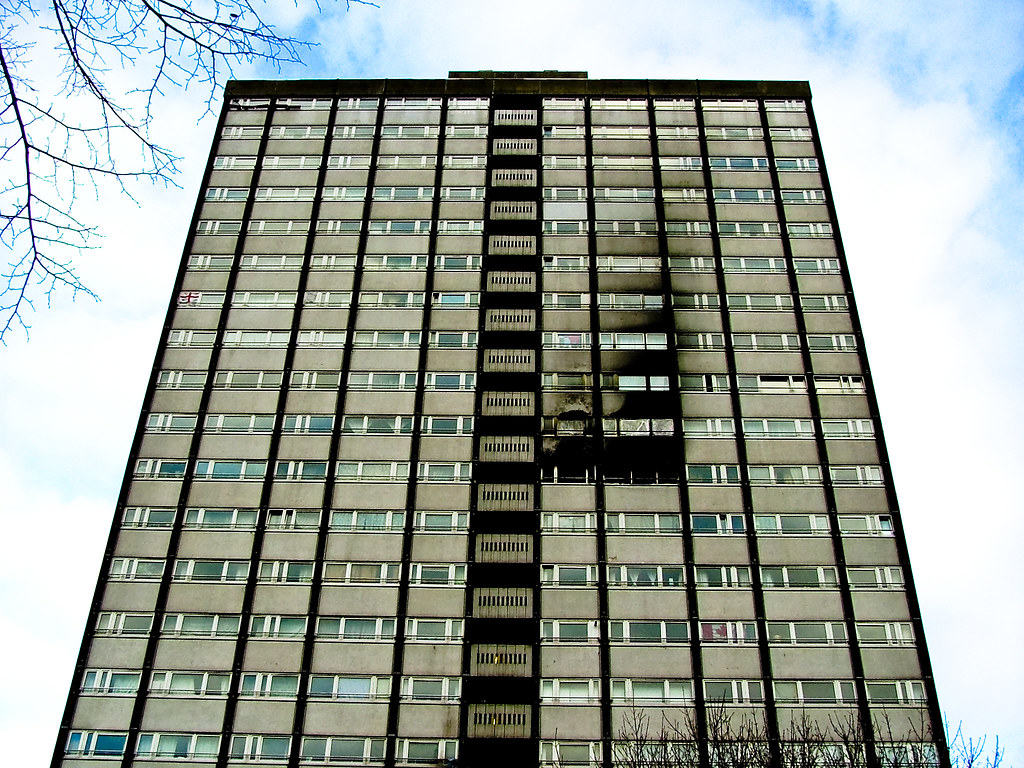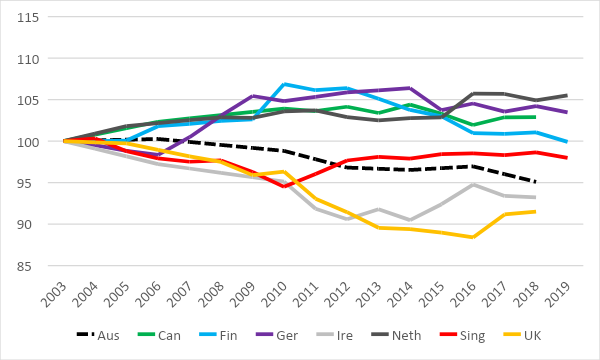Image: Family handout
The damning verdict of the Awaab Ishak inquest has thrown a spotlight on the poor housing standards faced by many tenants across Britain. In Rochdale, where I am a Councillor, this tragedy has obviously hit home.
Widespread media coverage means that most people have read about this awful case and seen the photos of the house where two-year old Awaab died, as a result of mould which the landlord – social housing provider Rochdale Boroughwide Housing (RBH) – failed to deal with. I can’t stop thinking of Awaab and his family.
National and local news outlets have rightly, in my opinion, reflected public sentiment: the buck for RBH’s failures stops with the housing association’s senior bosses including Chief Executive, Gareth Swarbrick. Michael Gove demanded a meeting with him earlier this week, but so far, no one from RBH has stepped down.
Arguably, this is an exercise in blame avoidance – the Housing Secretary is keen to ensure the Government doesn’t take the rap for this, despite the fact that it’s part of a national problem. Many people living in social housing across the UK are suffering due to inadequate maintenance after over a decade of Tory cuts in the sector. The new cap on social housing rent increases, announced by the Chancellor the Autumn Statement, will make things even worse.
Mr Gove stepping in ‘from the top down’ is also at odds with what would be happening here, if the social housing provider was adhering to its own mission statement.
RBH is an independent, separate entity to Rochdale Council. It was previously an arm’s-length management organisation (ALMO) but became fully responsible for the borough’s council housing stock – over 12,000 homes – a decade ago, in 2012. RBH chose to call itself a ‘mutual’ rather than a housing association, and frequently emphasises its claim to be ‘the UK’s first tenant and employee co-owned mutual housing society’ with organisational values such as ‘responsibility’, ‘equity’ and ‘democracy’.
In relation to ‘democracy’ RBH says, on its website: ‘We are democratic. Our democracy is rooted in our mutual status and evidenced in our governance through our Representative Body and Board. Our tenants, employees and communities have a voice and power over what we do, and how we operate.’
This is simply not the case.
RBH does have a ‘Representative Body’ from which the only elected representatives of the community – two Labour councillors, one of whom is the Council’s portfolio holder for housing – were removed by RBH officials at the start of this year. They publicly disagreed with the housing association’s plan to demolish council flats in Rochdale town centre. RBH is not allowing the Council to put the representatives it has nominated on this panel.
Labour councillors have also questioned RBH’s credentials as a ‘mutual’. Under a proper mutual system, the tenants and communities RBH purports to empower would have democratic control, and surplus would be re-invested in the housing stock. In Rochdale, RBH executives have been enjoying repeated, substantial pay rises.
Following the coroner’s verdict on RBH this week, Rochdale Council’s housing portfolio holder has intervened by writing to them. It is a strongly worded letter and I agree with its content, but I’m sorry to say: it’s only a letter. This is the opposite of ‘communities having a voice and power’.
One reason this sad case stands out is that a mouldy home making people ill is something one might expect to see from an irresponsible landlord, hellbent on making a profit at any human cost, in the private rented sector. Awaab Ishak didn’t die in private rented housing, though.
Social housing providers need to make a surplus: enough money to invest in, and improve, their stock. Unlike in the private sector, social landlords’ main concern is not profit making – arguably they should not be doling out continued, significant pay rises and quashing scrutiny from elected representatives.
All bodies whose work significantly impacts the community, like RBH does, should have some form of democratic representation on their boards from a local authority. Social housing providers should also refrain from placing directors of other housing associations on their boards as this does not result in adequate scrutiny when it comes to decisions about executives’ pay.
Political oversight (or at least involvement) should come from the most local level possible. This is a vital element of ensuring that social housing providers listen and respond to people’s needs, at a time when – as this case tragically illustrates – standards appear to be declining.
Without input from community representatives with confidence and ‘know how’ about how boards and local democracy work, social housing providers like RBH will continue to fail to acknowledge and understand public opinion. Most importantly executive directors should feel that, when they are making decisions about the lives of so many people, ‘the public’ are sitting in the room.
We are in the middle of interrelated cost of living and housing crises. There is much more we need to find out about the state of the social housing stock across the country and questions about standards do need to be asked, because many of the people this affects are the poorest and most vulnerable in our society.
Councillors across the country have important skills to contribute in these areas.
Perhaps a future Labour Government could pass legislation to ensure that social housing providers have local authority representation on their boards. This would help to ensure that ordinary, local people have a stronger voice on these critically important issue.
Elsie Blundell is a councillor, the Chair of Labour Housing Group North West branch and sits on Labour’s National Policy Forum.
















